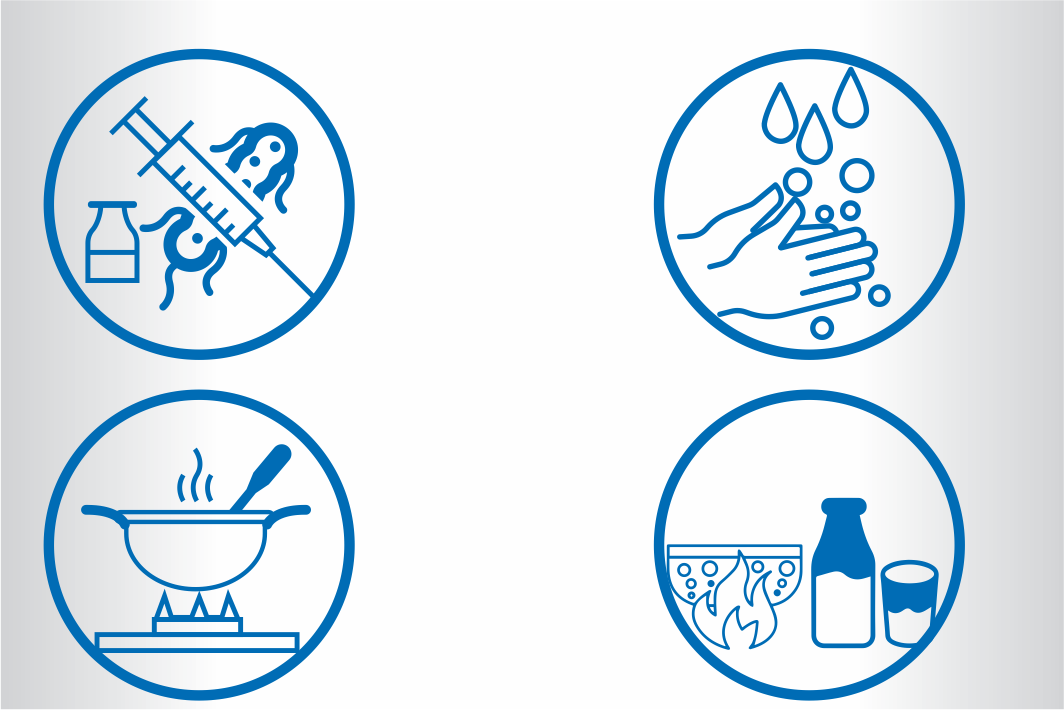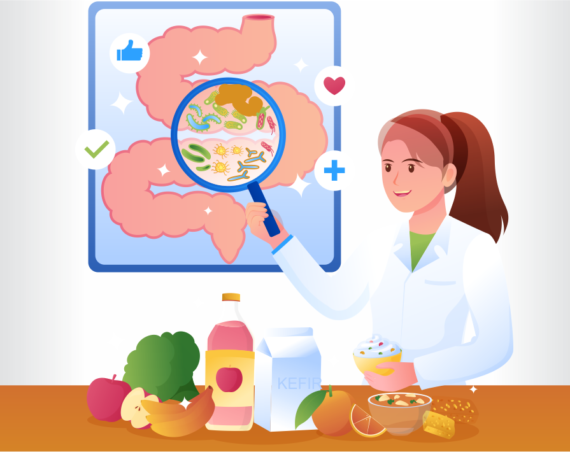Access to clean drinking water is luck for many. Water pilferage is rampant
and leads to contamination. Dirty water mixing with drinking water due to
pilferage is familiar in the country. Less rainfall leads to water scarcity.
People in rural areas drink contaminated water infested with various bacteria.
This leads to life-threatening diseases.
Causes
There are many water-borne diseases, and typhoid is one of them. Typhoid
fever spreads through contaminated water and is life-threatening. The bacteria Salmonella
Typhi is the leading cause of typhoid.
The monsoon season sees an outbreak of typhoid. Even food washed with
contaminated water is susceptible to carrying Salmonella Typhi. The
bacteria make their way to the intestine and blood. It flows with the blood to
various organs like lymph nodes, gall bladder, spleen, and other body parts. A
person can be a carrier of the typhoid bacteria. A stool infected with the
bacteria is a likely carrier of Salmonella Typhi.
Symptoms
Typhoid fever or enteric fever may last between seven and ten days. If
treated on time, the early symptoms will help in the recovery process, or the
fever may last for weeks. Abdominal pain, severe diarrhea, small red rashes,
etc., are some of the symptoms. Headache, fatigue, muscle aches, and chills are
also associated.
Diagnosis
Timely diagnosis is the key to eradicating typhoid, which, if left
untreated, may be life-threatening. Stool and urine samples are analyzed to
determine whether typhoid is present.
A series of tests helps to detect the bacteria responsible for typhoid.
Rapid serological tests or Widal tests also assist medical professionals.
Antibiotics can help curb typhoid. A bone marrow culture test is a sensitive
test for detecting the presence of Salmonella typhi.
Depending on the criticality, hospitalization is the best option.
Food to eat
People suffering from typhoid can encounter dysentery. A fibre-rich diet
aggravates the chances of dysentery, so it’s a good option to avoid one.
Consuming apples, bananas, papayas, eggs, porridge, etc., will help relieve
symptoms. A light diet with less spice and consuming a lot of fluids will lead
to a faster recovery.
Boiling water kills microorganisms like bacteria, viruses, etc.
It is advisable to wash vegetables and fruits with clean water before
consuming them. Children are at higher risk of typhoid as much as adults.
The outlook
Extreme heat displaces the population from their habitat, and access to
cleaner water remains a huge challenge. Though various measures are taken to
counter the crisis, the challenges are manifold.
The craze for consuming openly cooked street food is an open invitation for
typhoid. Contaminated water used to wash utensils and for drinking leads to
various challenges.
A typhoid epidemic is a death blow to an already overburdened health system.
Awareness and self-consciousness are the keys to preventing typhoid.





